

The Lexus Design Award India aims to identify and award the best works of industrial design created by Indian designers. The award looks to recognize and reward designs that anticipate challenges facing future society and imagine engaging and innovative ways to contribute to a sustainable future, while seamlessly enhancing the happiness of all.
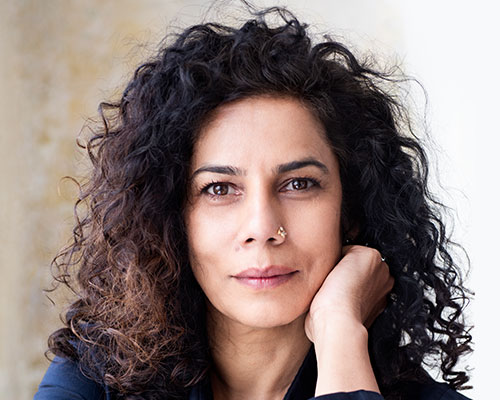

Dr. Anupama Kundoo is an internationally renowned architect, author, and researcher, with studios in India and Germany. She graduated from the University of Mumbai in 1989, received her PhD degree from the TU Berlin in 2008, and has been the recipient of the 2022 Global Award for Sustainable Architecture, the 2021 RIBA Charles Jencks Award for her contribution to architectural theory, the 2021 Auguste Perret Prize for architectural technology, and the 2021 Building Sense Now global award of the German Sustainable Building Council.
Kundoo’s projects are rooted in social issues and take into account people and their need for a place of refuge in a meaningful way–she has built extensively in India and has had the experience of working, researching, and teaching in a variety of cultural contexts across the world including TU Berlin, AA School of Architecture London, Parsons New School of Design New York, University of Queensland Brisbane, IUAV Venice, and ETSAB Barcelona. She is currently Professor of Architecture and Structures at FH Potsdam and an adjunct Professor at Columbia University. Her work has been vastly exhibited at the Venice Architecture Biennale in 2012 and 2016, and her solo show was featured at the Louisiana Museum of Modern Art, Denmark in 2020. She has also been on the prestigious jury for the Lexus Design Award 2022, the Holcim Awards 2023, and the International Velux Award 2022.
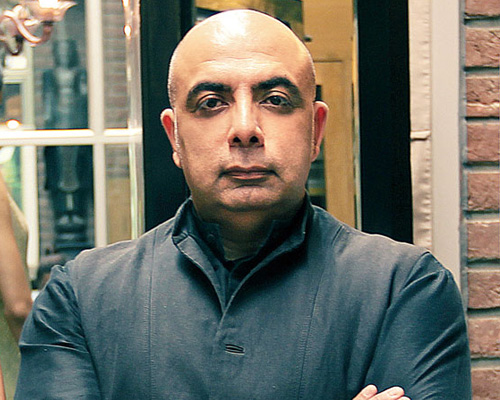

Hailed as the ‘Karl Lagerfeld of India’ by famous British stylist Isabella Blow, Tahiliani is an international fashion designer with several lines, including prêt-a-porter, diffusion, accessories, his most acclaimed being couture bridal wear. Having held runway shows around the world from London to Milan, he is a founding member of the Fashion Design Council of India, the governing body of the country’s official fashion week.
Tahiliani extended his design aesthete to the field of architecture and interior design with boutique hotels, holiday homes, and institutions across the country. Tahiliani’s venture creates luxurious living spaces across the country, across interior, landscape, or architecture design, with key assignments of restoration and redevelopment.
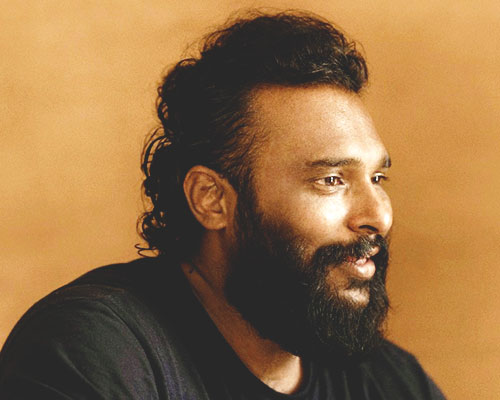

Principal architect and founder of award-winning studio Wallmakers, Vinu Daniel completed his B. Arch from The College of Engineering, Trivandrum in 2005, and proceeded to work with the Auroville Earth Institute for the UNDP (United Nations Development Programme) Post-Tsunami construction. Driven by a philosophy of ‘What should we build?’ rather than ‘Should we build?’.
Daniel’s projects feature a poetic materiality of brick, mud, scrap, and waste, manifested within thought-provoking structures. Daniel has garnered global recognition for his cost-effective, sustainable works, including winning three editions of the Design that Educates Award, a nomination for the Brick Award 2022, and the Royal Academy of Arts Dorfman Award 2022. He also spoke at Session 11 of TED2023: Possibility in Canada, a celebration of the unbridled power of imagination.
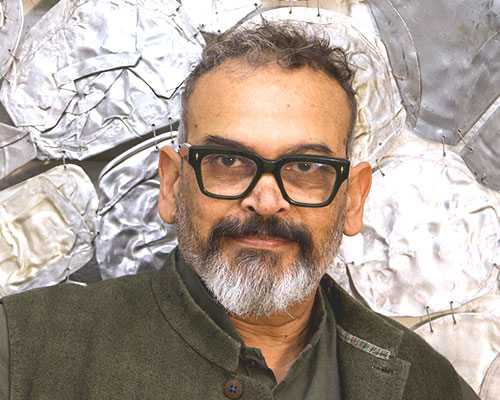

Subodh Gupta is one of India’s most renowned contemporary artists, with works exhibited in prestigious art galleries and cultural institutions throughout the world including Hauser & Wirth (London, Zurich, and New York), Arario (Seoul and Beijing), Pinchuk Art Centre (Kiev), and Galleria Continua (San Gimignano and New York). Known for transforming everyday objects into large-scale installations that engage with his childhood, his home country, and universal themes encompassing migration, globalization, and the cosmos, his sculptures comprise objects that evoke either the exotic or the quotidian, depending on the viewer’s perspective.
Awarded the Chevalier dans l’Ordre des Arts et des Letters by the French Government in 2013, Gupta’s solo shows include ‘Anahad/Unstruck’ at Famous Studios, Mumbai, ‘Adda/Rendez-vous’ at La Monnaie de Paris, ‘Sangam/Confluence’ at Le Bon Marche, Paris, and a solo retrospective at the National Gallery of Modern Art, New Delhi curated by Germano Celant. His work was also included in the Museum of Fine Arts Boston’s recent show, ‘Megacities Asia.’
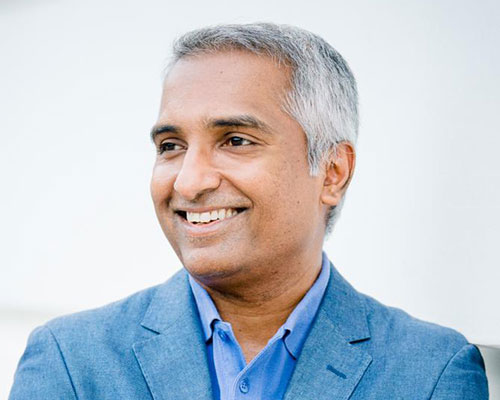

Giri Venkatesh is the Vice President for Area Operations and the Executive Marketing Coordinator at Lexus Asia Pacific Division. He drives the brand’s marketing strategy in the region and in this role, is also the guardian of the brand’s development through product planning and training.
Giri started his automotive career with UMW Toyota Motor, Malaysia in 1997 where he held various assignments in National Sales Operations and later as Branch Manager of a Sales and Aftersales retail outlet. He also led the Lexus brand-building function and was responsible for the launch of the Lexus brand in Malaysia, Vietnam and India. Since joining Toyota Motor Asia Pacific firstly between 2003-2005 and then permanently in 2008, Giri has been passionately working with Lexus affiliates across the Asia Pacific region and is now based in Singapore.
His involvement with Lexus began in 2003 and over the years has been involved in the planning and launch of the brand across the region. Part of this also includes being closely associated with Lexus Design Award India and was involved in the program development team back in 2017. He believes in design that is inspiring and brave to cultivate a fresh sense of creativity and radical. Giri enjoys traveling with his family, football and experiencing different cuisines as a pescatarian with his favorite tipple of Gin and Soda.
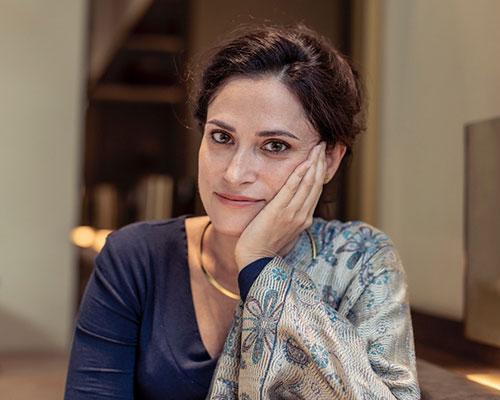

Cristina Kiran Piotti is an Italian-Indian freelance journalist. She studied at the “Walter Tobagi” school of journalism in Milan, before finishing her training with a master's degree at the Ca' Foscari Challenge School in Venice on the economic relations between Italy and India.
She splits her time between Milan and Mumbai and, since 2008, has primarily covered design, current affairs, and culture for Italian and international newspapers, including D – Repubblica, Wallpaper, Sole 24 Ore, HTSI, Wired, Mint Lounge, AD and Vogue India.
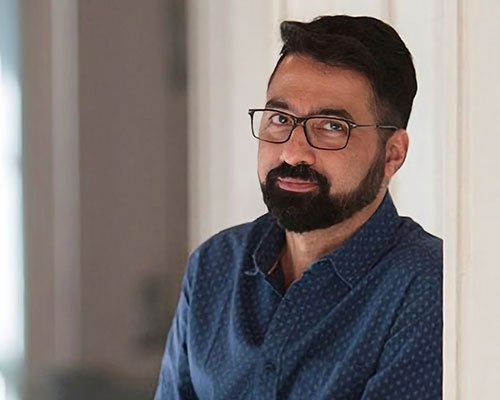

Kaiwan Mehta is a theorist and critic in the fields of visual culture, architecture, and city studies. Mehta has studied Architecture (B. Arch), Literature (MA), Indian Aesthetics (PGDip) and Cultural Studies (PhD).
In 2017 he completed his doctoral studies at the Centre for the Study of Culture and Society, Bengaluru, under the aegis of Manipal University. He has been (since April 2022) the Dean at Balwant Sheth School of Architecture, at SVKM's NMIMS University.


Kamna Malik is an Independent Design Curator and a Strategist. ELLE India’s Former Editor and India Design ID’s Former Curator, is an established name in the Indian media and publication industry. With a career spanning over 16 years, across design, architecture, lifestyle, art, fashion, and luxury, Kamna has been associated with some of India’s best media companies and has been instrumental in shaping and driving creative visions.
Over the last decade, Kamna has been instrumental in changing the face of the Indian design and décor industry. Apart from ID, she has also been the creative brain behind other large-scale initiatives like Kohler Bold Design Awards, ELLE Graduates, ELLE Beauty Awards, Up Close & Personal Video Series, Trends Excellence Awards, and many others. Her diverse experiences are her USP and with a strong knowledge of various subjects, she is regarded as one of the most respected names in the industry.
Kamna is also actively involved in philanthropic work and is passionate about children’s education. Currently, she is associated with the CITTA Foundation, which has recently launched the Gyaan Centre and Rajkumari Ratnavati Girls School in Jaisalmer, Rajasthan.
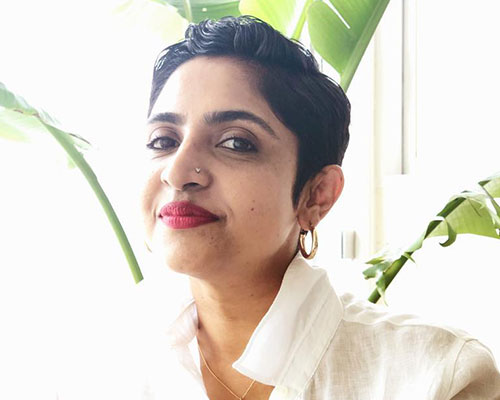

Manju Sara Rajan is a writer, editor, and arts manager. Her main areas of expertise are aesthetics and lifestyle trends. She is presently a Senior Advisor at Asian Paints and the Editor-in-chief of beautifulhomes.com, India’s largest design and décor content platform by Asian Paints.
Once a month, her views on interior design and décor appear in Mint-Lounge, which is part of the Hindustan Times media group. She is also a founding member of the Bangalore-based KAASH Foundation, which married craft traditions and contemporary design to create new expressions of collectible craft. MSR is the former CEO of the Kochi Biennale Foundation, where she oversaw the management of Kochi-Muziris Biennale 2016.
She was the founding editor of the Indian edition of Architectural Digest, which set new benchmarks for the coverage of design in India by featuring spaces that had never been open to the public and visualizing a design style that is uniquely Indian and contemporary. Almost two decades of experience in media and arts management has provided a great deal of insight into the creative and commercial parts of the fields of design, art, and media.
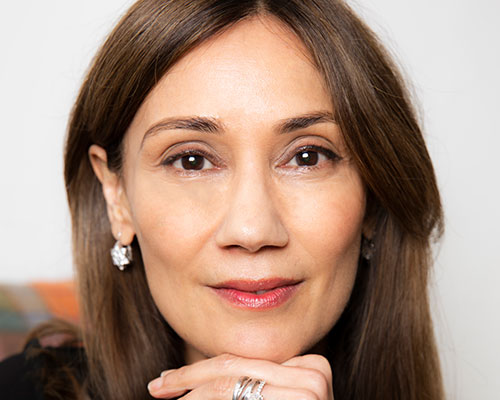

Nonita Kalra has three decades of media experience, in print and television. From 2016 to 2020, she was the Editor of HARPER’S BAZAAR. Prior to that, she was the Editor-in-Chief of ELLE India, where she spent nearly 13 years. She has been an influencer in fashion, beauty, and lifestyle; her ideas and initiatives have shaped careers and launched trends.
Nonita has also written columns for The Indian Express, The Economic Times, and Forbes Life magazine. She is currently the Editor-in-chief, of Tata CliQ, where she worked on The Luxe Life, a conclave with some of the biggest names in luxury – in India and abroad.
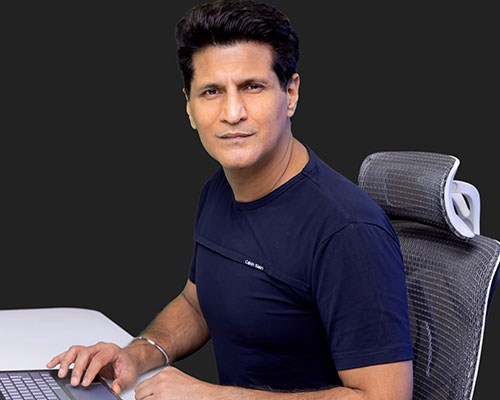

Rajiv Makhni is known as the Tech Guru of the country. He is a TV and Radio Show Host, Author, and Social Media Presenter.
He was awarded the Chanakya Award for TV Host of the Year and also awarded the Television Anchor of the Year 3 years in a row. His Radio show has a listenership of crores and has won several awards.
He has a multi-million following on Social Media platforms and his Instagram and Youtube channel is one of the most viewed online. He recently won the award for Influencer of the Year and Content Creator of the Year.
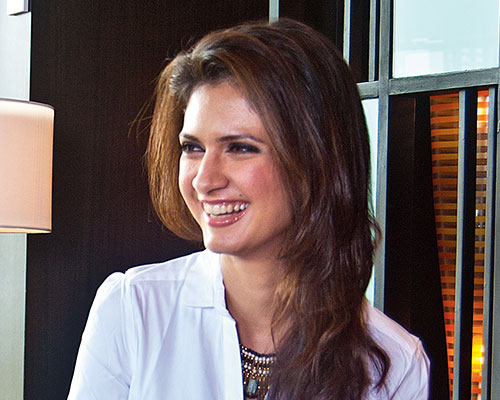

A prolific writer with over 24 years of experience, Ronitaa Italia is at the helm of India's premier design and lifestyle brands GoodHomes India and Home & Design TRENDS.
With her holistic experience in the media industry, and in various lifestyle subjects, Ronitaa is known for her innate ability to create engaging content and piquant ideas that have raised the bar for design practices across the country.
Her reportage of design trends and her futuristic outlook on urban design are the cornerstones of her belief in making a difference through design. Her network within the professional design community and faculties of national design colleges have helped her stay abreast of the goings-on in the design industry.
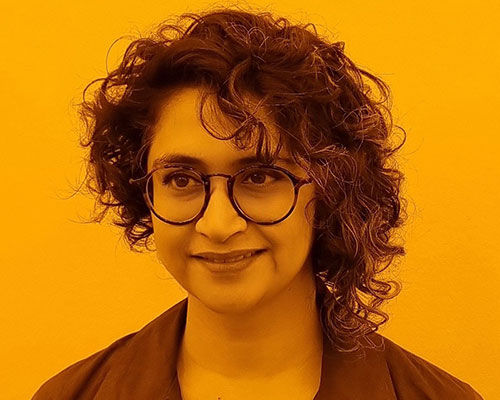

Samta's interdisciplinary background equips her with a keen perspective on creative cultures and how they intertwine with contemporary complexities. A lighting designer, curator, critical thinker, and creative director, she is passionate about engaging with issues of social and environmental justice through design and discourse.
Samta has an MA in Curating Contemporary Design and freelances with institutions such as the Design Museum London. She leads curatorial programming and communications at STIR.
Click on each category to view the details

Ideas of original works that are immaculate experiences, awaiting materialisation. Blueprints, models or strategies, a plethora of architecture, design, craft disciplines that come in broad, diverse functions and shapes. Proposal for ingenious concepts that are abstract, hypothetical, or speculative; or could be addressing a real-time need, with the potential to transform into reality.
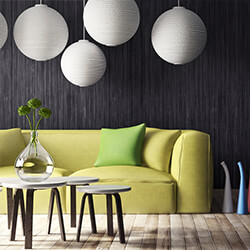
This category is for designers and creative professionals whose craftsmanship shifts paradigms. The category invites submissions that use of applied art and applied sciences to enhance the function, form, ergonomics and circularity of the product. From designing individual items of furniture, ideas of assembly, packaging and the use design to create experiential spaces, the application of the right furniture to a location is a skill which deserves recognition.
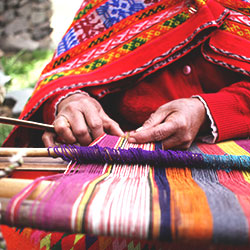
The category aims to explore innovative textile designs: weaves, yarns, knitted, handicrafts, woven, printed, surface pattern and illustration for cloth, fabric or structural material. Welcoming entries that emphasises the functional and emotional aspects of the products: degree of innovation, cultural contexts, human interaction, craftsmanship and expression.
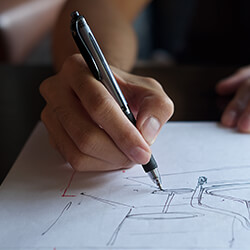
Primarily addressing a need with the changing environment, the evolution of industrial design and the latent desire it addresses. Through identification of problem and solutions through accessibility, inclusivity, human-centric and environmental-centric design. This category aims to inspect design works that can be mass produced, such as general and digital applications, household goods, equipment, transportation tools and more.

Tech design is the disruption of a design through technological intervention. The category compels innovative design excellence that relate to solution-focused entries through selection of components, assembly, sustainability, function with technological innovation. The considerations are given to entries that are evaluated on various applications of design applications with the use of data, planned execution and key transformation through technology.

From urban design strategies, to architecture that enriches the quality of human life, this category recognises the vital role of creativity, technical expertise, and social impact in built environments. Showcase imaginative public, private spaces, infrastructure, environmental conscience development, from urban design to vernacular, residential, workplace, cultural institutions and more.
